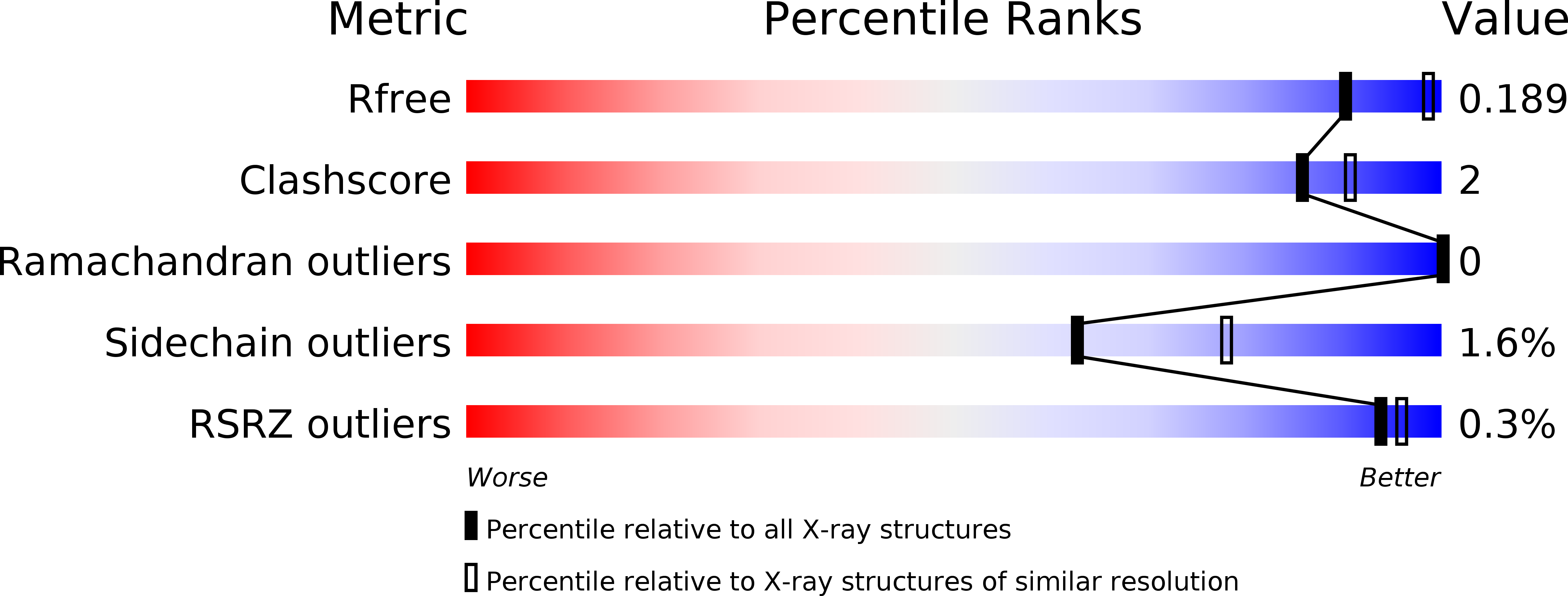
Deposition Date
2019-10-18
Release Date
2019-12-04
Last Version Date
2023-10-11
Entry Detail
PDB ID:
6UQ9
Keywords:
Title:
Crystal structure of R421A variant of cytosolic fumarate hydratase from Leishmania major in a complex with S-malate
Biological Source:
Source Organism:
Leishmania major strain Friedlin (Taxon ID: 347515)
Host Organism:
Method Details:
Experimental Method:
Resolution:
2.30 Å
R-Value Free:
0.18
R-Value Work:
0.14
R-Value Observed:
0.14
Space Group:
P 21 21 21


